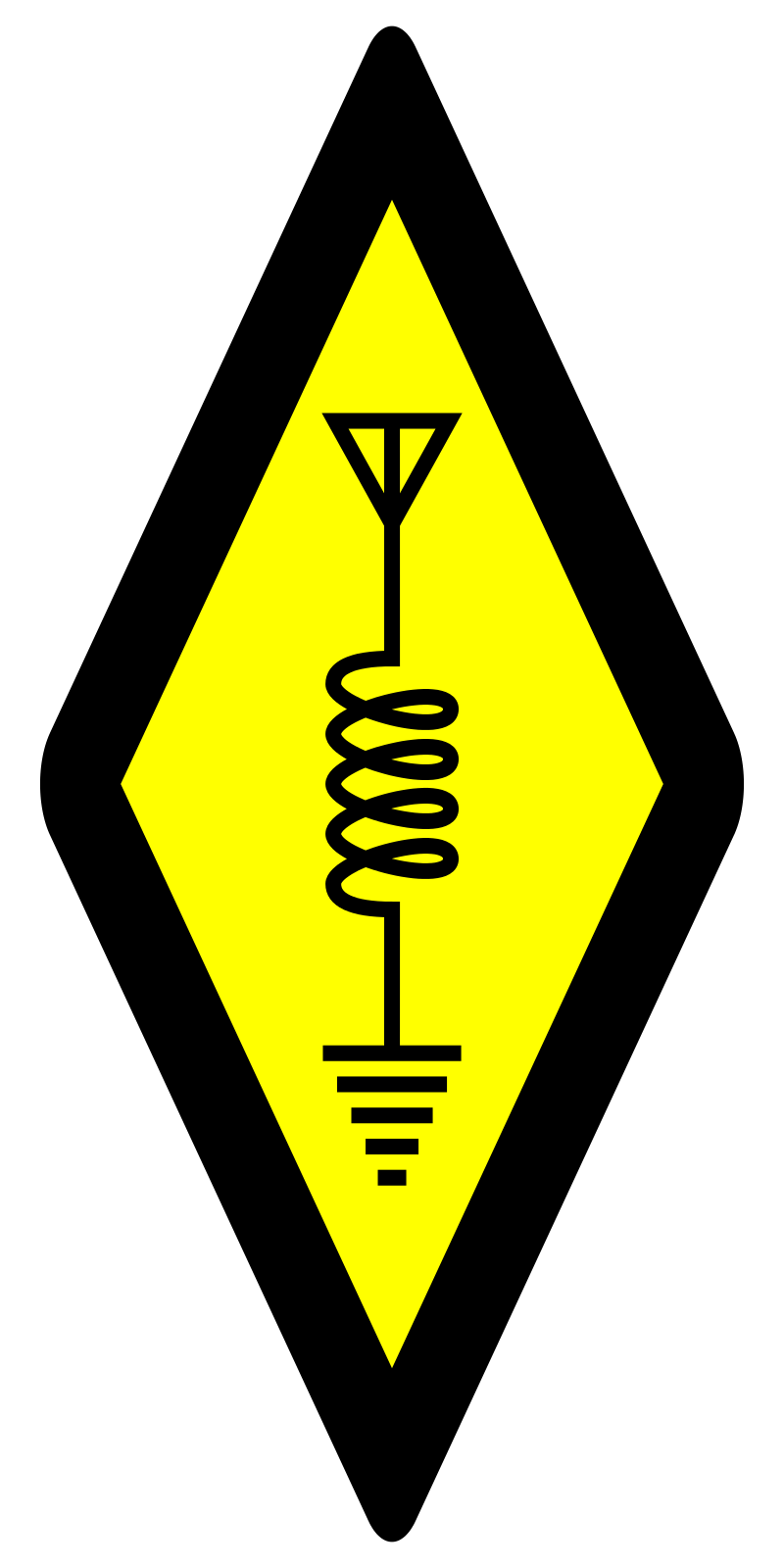It’s hard to imagine today, but there was a time when there was no such thing as either the 80m or the 20m amateur band, let alone 2m or 70cm.
Picture this. It’s the roaring 20’s, the 1920’s that is. Among a Jazz Age burst of economic prosperity, modern technology, such as automobiles, moving pictures, social and cultural dynamism, the peak of Art Deco, we’re also in the middle of a radio boom where the world is going crazy buying radios as fast as they can be constructed, there are hundreds of licensed broadcasters, the bands are getting crowded, radio amateurs have been banned from the lucrative radio spectrum above 200 meters, and can only play in the “useless short waves” using frequencies greater than 1,500 kHz. And play they did.
On the 2nd May 1925 amateurs proved they could communicate with any part of the world at any time of the day or night when Ernest J. Simmonds G2OD and Charles Maclurcan A2CM made a daylight contact between Meadowlea, Gerrards Cross, Buckinghamshire, England, and Strathfield, Sydney, New South Wales, Australia on what we now call the 20m band. This contact occurred not once, but regularly, for several days, using 100 Watts.
To give you a sense of just how big news of this feat was, on the second scheduled contact the Prime Minister of Australia, Stanley Bruce, sent a message to England’s Prime Minister, Stanley Baldwin: “On occasion of this achievement Australia sends greetings.”
If you recall, the IARU, the International Amateur Radio Union, was a fortnight old at this point. Less than a year later contact was made using voice.
Between the banning of radio amateurs from frequencies below 1,500 kHz at the London International Radiotelegraph Conference in 1912 and the Washington International Radiotelegraph Conference in 1927 the world had irrevocably changed. In 1912 the discussion was almost all about ship to shore communication. By 1927, the world had tube transmitters, amplitude voice modulation, higher frequencies and what the 1993 IARU President, Richard Baldwin, W1RU calls, “literally an explosion in the use of the radio-frequency spectrum”.
In 1927 individual countries were beginning to control the use of spectrum, but there was no universal coordination, no international radio regulation and as we all know, radio waves don’t stop at the border.
Richard W1RU, writing in 1993 says: “In retrospect, the Washington conference of 1927 was a remarkable effort. It created the framework of international radio regulation that exists even today. It had to recognize and provide for a multitude of radio services, including the Amateur Service. It was at this conference that amateur radio was for the first time internationally recognized and defined. Bands of harmonically related frequencies were allocated to the various radio services, including the Amateur Service.”
While the IARU was two years old, it really hadn’t represented amateur radio on the international stage, until now.
The 1927 conference defined an “amateur” as a “duly authorised person interested in radio electric practice with a purely personal aim and without pecuniary interest.”
The harmonically related frequencies that were allocated to the Amateur Service are recognisable today. I’ll use current band names to give you some context.
1,715 kHz to 2 MHz, or 160m, 3.5 to 4 MHz, or 80m, 7 to 7.3 MHz or 40m, 14 to 14.4 MHz or 20m, 28 to 30 MHz or 10m, and 56 to 60 MHz or 6m.
Of those, the 20m and 80m bands were exclusive to amateurs. The 10m and 6m bands were shared with experimenters and the 160m and 80m bands were shared with fixed and mobile services. You’ll notice the absence of bands we use today, the 2m and 70cm bands, 15m and the so-called WARC bands to name a few.
The final ratified document goes into great detail about the requirements, the restrictions, how to deal with interference, how to allocate frequencies and numerous other provisions, many of which will look familiar, almost a hundred years later, if you’ve ever looked at the rules and regulations under which you operate as a licensed amateur today.
There were various radio amateurs at the 1927 conference, but as Richard W1RU puts it: “much of the credit for the success of amateur radio at that conference has to go to two representatives of ARRL – Hiram Percy Maxim, president of ARRL; and Kenneth B. Warner, Secretary and General Manager of ARRL.”
While Richard points to their roles in the ARRL, you might recall that Hiram was elected international president of the IARU and Kenneth its international secretary-treasurer.
Whichever way you look at it, whichever organisation you credit, today we have amateur bands thanks to those efforts made nearly a century ago.
I’m Onno VK6FLAB

